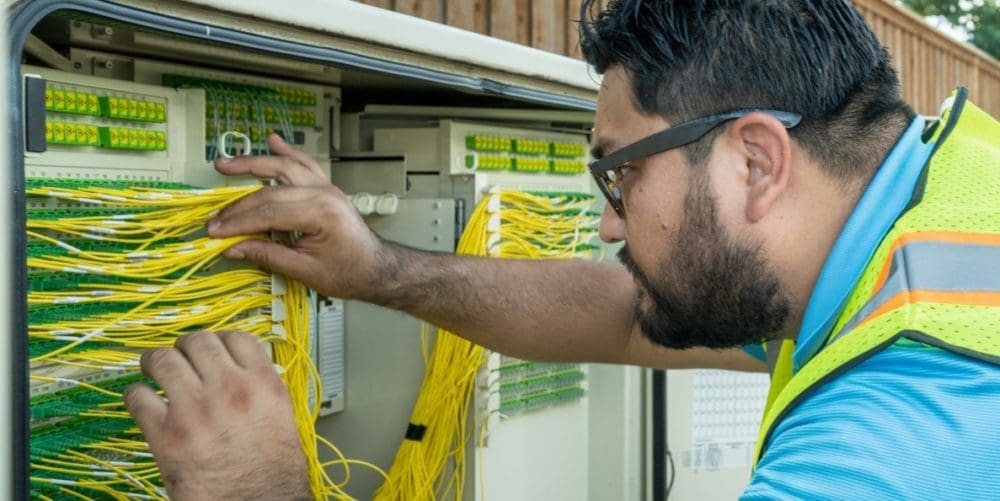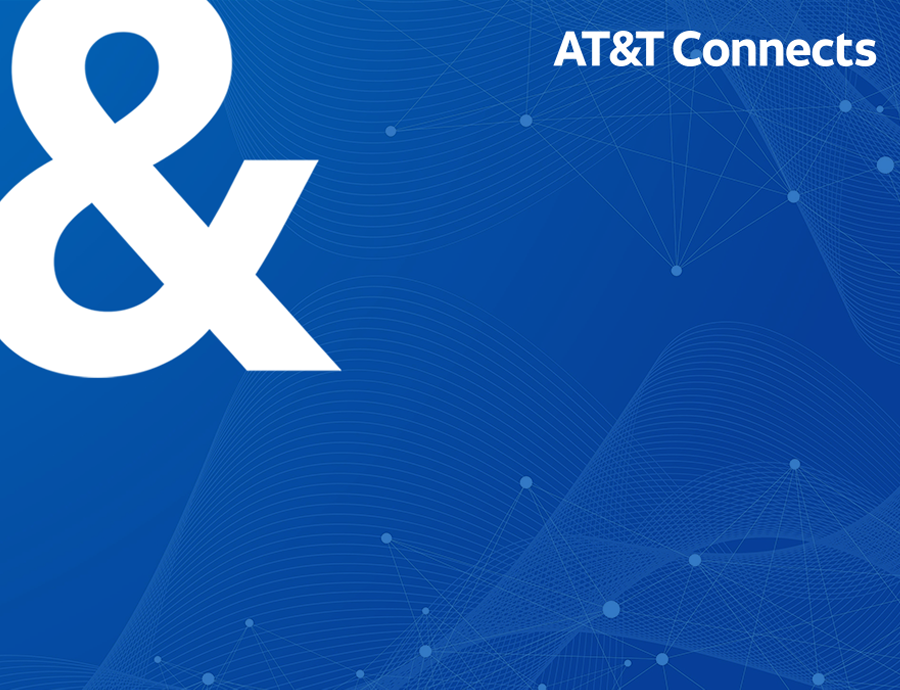Texas has an unprecedented opportunity to help bring high-speed internet to many people who currently have slow or no connections today.
In fact, some $500 million in federal funds are available to Texas to help pay for building broadband networks. It’s encouraging that Texas Comptroller Glenn Hegar has organized the Texas Broadband Office Listening Tour in 11 cities around the state and I was glad to participate in this week’s session in Prairie View. The purpose of the tour is to guide the strategic vision of Texas’ new Broadband Development Office, which is in the process of developing a State Broadband Plan to serve Texans’ connectivity needs.
Through this plan, Texas will have a once-in-a-generation opportunity to bridge the digital divide and build high-speed connections that improve education, business opportunities and medical care throughout the state. But it’s important that networks are built with a long-term view.
As a leading provider of broadband networks, we want to serve as a resource for the State Broadband Office and any local governments exploring high-speed broadband. Using fiber technology in our networks means that fast symmetrical speeds – where upload and download speeds match – are available as soon as our networks are built.
Right now, we already offer symmetrical multi-gig speeds of up to 5 GIG, in many locations in Texas – and we are adding more. We’ve even achieved up to symmetrical 10 GIG speeds in a lab environment.
In other words, the internet we build is not just built for today. Our networks anticipate the speeds needed in the years to come. It’s not just about speed, however – it’s also about having access to a network that can handle the growing number of connected devices consumers have inside their homes. The average consumer has 13 connected devices in their home and that number is only expected to grow. Fiber is the technology that can handle that growth.
Despite our ongoing investment and commitment to Texas – from 2018 – 2020, AT&T invested nearly $7.7 billion in our wired and wireless networks in the state – there are still areas that we haven’t been able to reach.
Sparse population, difficult terrain and limits of technology combine to create a barrier that few providers have been able to overcome without outside funding. And, while there is no one-size-fits-all solution to expanding connectivity, we know that these communities fare better when leaders come together with the private sector to solve these challenges through public-private partnerships.
We are grateful to Comptroller Hegar, the Texas Legislature and the State Broadband Office for taking this matter seriously and charting a path forward for funding broadband in Texas. Knowing the significant costs involved in building out broadband networks, community leaders can maximize the use of federal funds by allowing private companies to assume responsibility and provide unique benefits to help bring broadband to more Texans.
As the Broadband Development Office drafts Texas’ State Broadband Plan, we urge them to focus the Capital Projects Fund (CPF) subsidy on projects with a demonstrated broadband need and to use funds from the Broadband Equity, Access & Deployment (BEAD) Program for unserved and underserved rural areas, which are more costly and difficult to reach.
The BEAD Program funding, to the tune of $42.5 billion, provides a deeper well of resources for those rural areas that lack access to high-speed broadband.
Finally, we encourage the Broadband Office to follow a competitive bidding process when administering the monies in the Capital Projects Fund. Competition and transparency are a hallmark of Texas’ state government contracting. Administering the grants via a competitive bidding process protects Texas citizens, our state government and providers.
We look forward to continuing to serve as a resource for the Broadband Office as it continues this essential work for Texans.





